
Recently, Timescale, the company behind the time-series relational database TimescaleDB, released the 2022 State of PostgreSQL Survey, which lasted four weeks from June 6, 2022 to June 30, 2022. Among them, according to the survey results in 2019 and 2021, respondents from EMEA (Europe, Middle East, Africa) accounted for about half of all respondents, followed by North America, accounting for 25.9%.
According to the latest ranking of DB-Engines, PostgreSQL is now the fourth most popular database in the world. The top three are Oracle, MySQL and Microsoft SQL Server, which have dominated the list for a long time. Obviously, there is still a long way to go to surpass them. To go, but, on the current trend, it is only a matter of time.
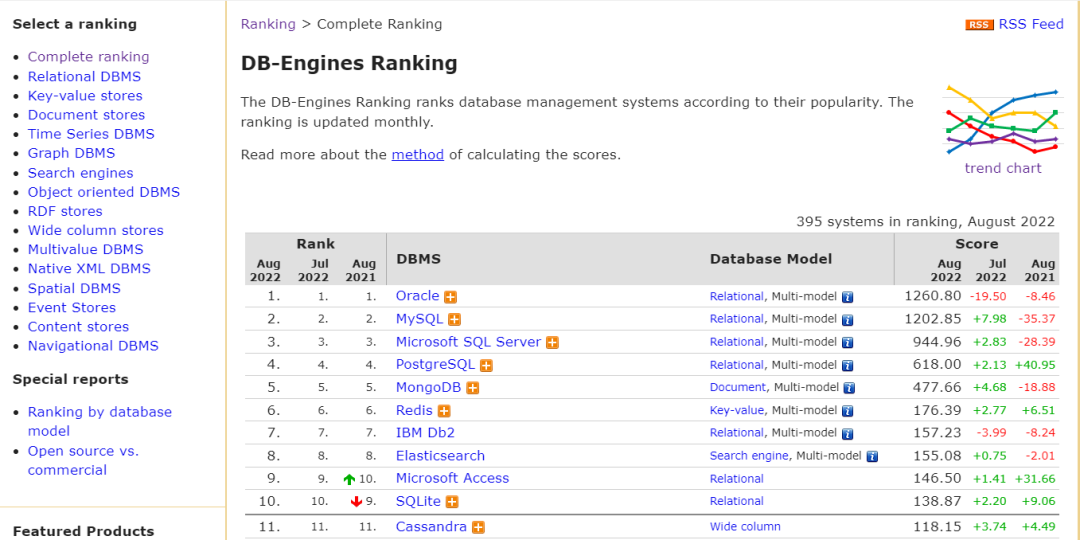
One of the biggest innovations in PostgreSQL over the years was the introduction of the ability to generate JSON data in its PostgreSQL 9.2. Additionally, as Redmonk analyst James Governor noted, "there's some NoSQL and Big Data fatigue right now", so developers are starting to use the tried and true PostgreSQL as a viable alternative to MongoDB and Apache Cassandra for some critical work load.
Of course, on top of that, says Elijah Zupancic, Director of Solutions Engineering at Joyent, "PostgreSQL is also embraced by developers and from their point of view it's a joy to use, the documentation is great, the data types Reflects the type of work the developer does." Unlike the other top 10 databases, PostgreSQL is not tied to any single vendor and enjoys a very prominent position in the open source community. Be aware that commercial vendors will never be able to keep up with the rate of change that open source projects can provide at this level.
This year, open source was added to the survey of reasons to use PostgreSQL, which also became the number one reason (19.3%), followed by reliability (16.5%) and scalability (9.9%). The survey also found that the reasons why people choose to use PostgreSQL vary with age: open source is the most important reason for users with 5 years of use; reliability and open source are the most important reasons for users with 6-10 years of use; reliability is the most important reason for users of 6-10 years. The most important reason for users 11-15 years old.
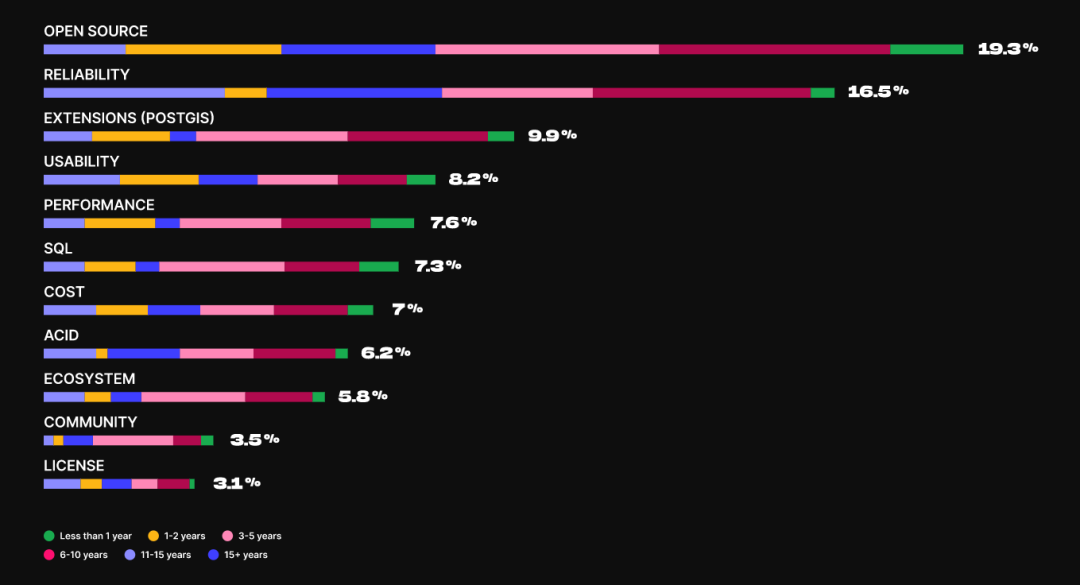
In line with the 2021 survey, SQL, Python, Java, shell scripting, and JavaScript/TypeScript were listed as the most commonly used languages to access PostgreSQL.
Compared to Java, PostgreSQL users with 0-5 years of experience use more JavaScript or TypeScript; and users with 6+ years of experience use more shell scripts to access the database.
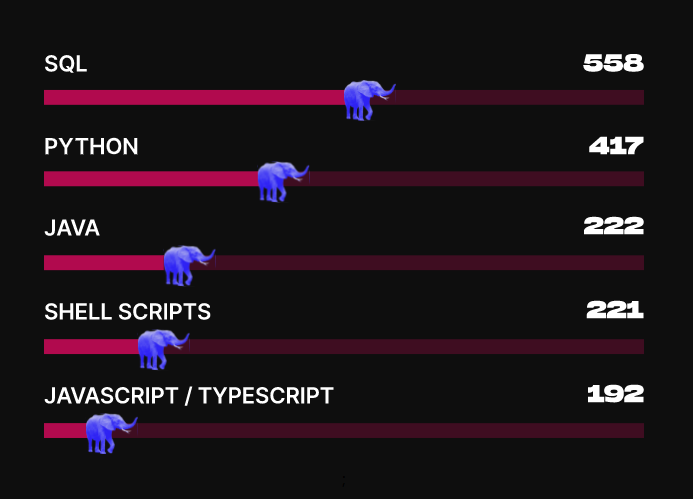
According to recent rankings by DB-Engines, PostgreSQL is growing in popularity, with data showing that the number of new users with less than a year of use will grow from 6.1% in 2021 to 6.4% in 2022.
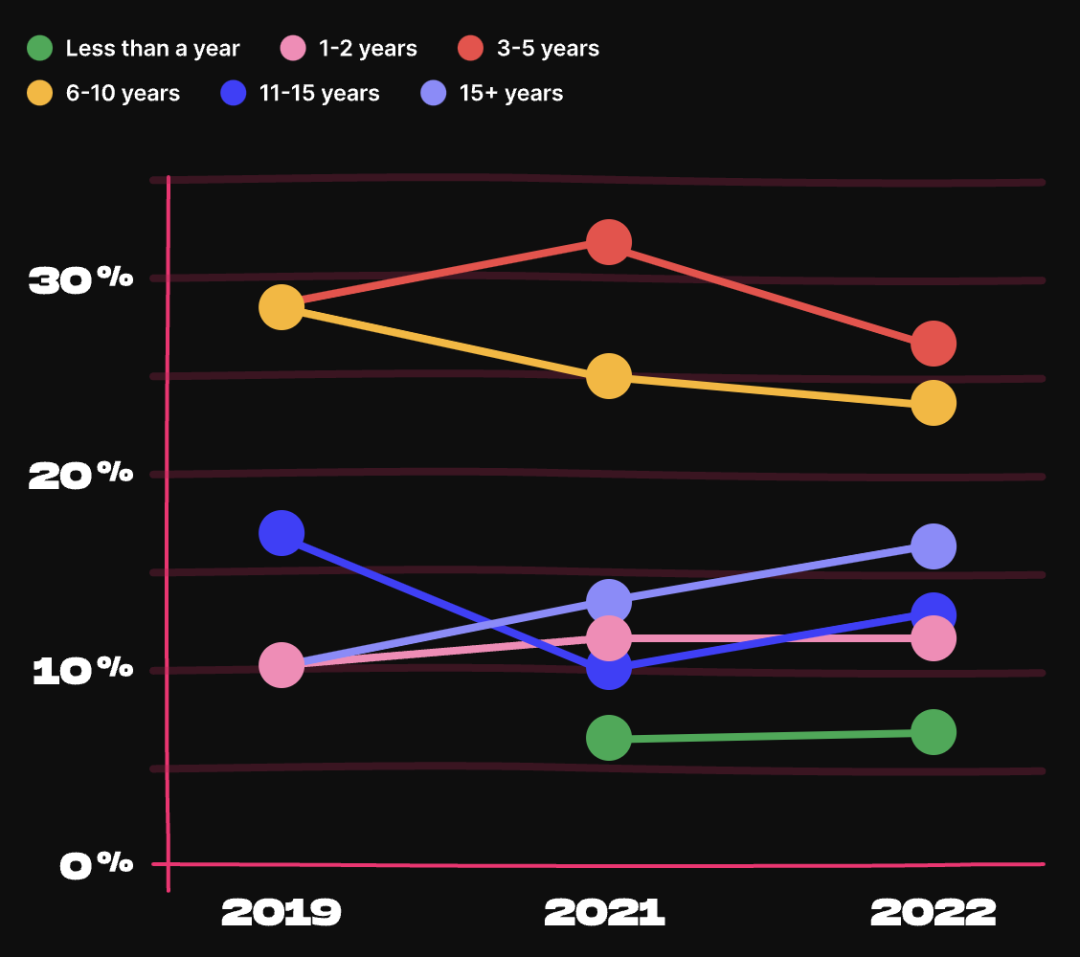
Survey respondents typically work in teams of 2 to 10 people.
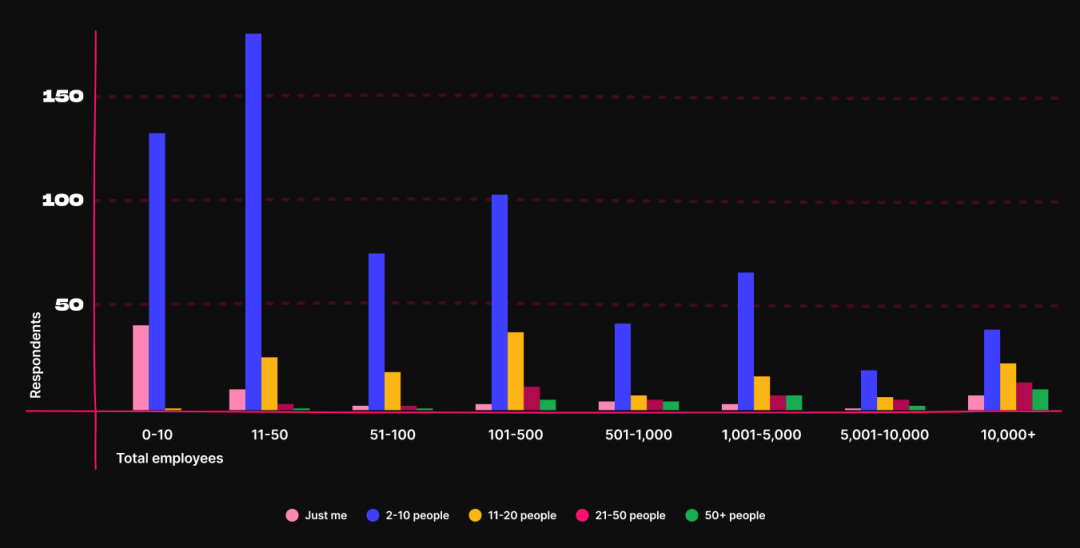
Which visualization tools to use?
While 21% of respondents to this question did not use visualization tools, Grafana, pgAdmin and DBeaver were the most commonly used tools among those who did, which is consistent with the 2021 results.

Fewer users are managing their own PostgreSQL databases than in 2019 and 2021, and more PostgreSQL users are using DBaaS providers to deploy PostgreSQL.
Of those deploying PostgreSQL as a Kubernetes container, 44% use Helm, 16% use the Crunchy Operator, and 7% use the Zalando Operator.
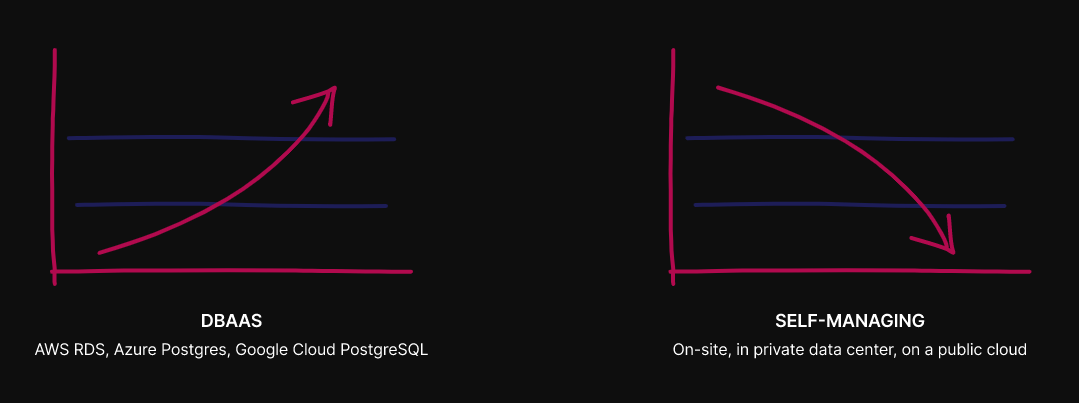
Check out the full investigation report:
https://www.timescale.com/state-of-postgres/2022
Reference link:
https://www.infoworld.com/article/3240064/why-old-school-postgresql-is-so-hip-again.html
Click to read the original text at the bottom to visit the InfoQ official website for more exciting content!
Recommended activities
InfoQ Research Center released the industry report for the first time - "China Open Source Development Research Analysis 2022" , which abstracts the complex open source operation mechanism through the double-loop model, and interprets the value and functions of different participants in the open source ecosystem.
By reading the report, you can learn how to quickly evaluate the operation of an open source community; how to quickly evaluate the excellence of an open source project; how to evaluate an enterprise's contribution to open source; the report also establishes a fair evaluation model to provide more reference for business decision-making.
On this basis, we also selected China's Top 30 open source projects and China's Top 10 companies that have contributed to open source. At the same time, we also predict the trend of open source development in the future. In conclusion, if you want to learn about open source, don't miss this report!
